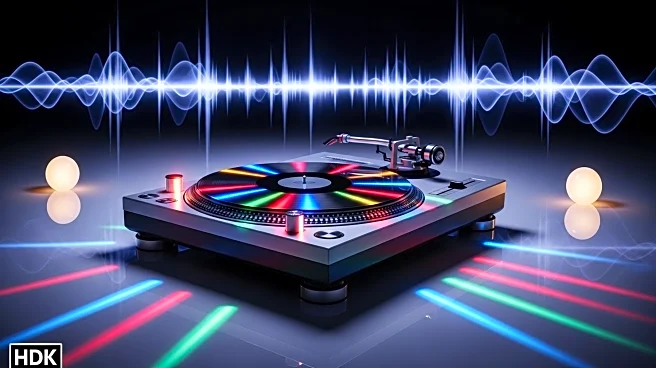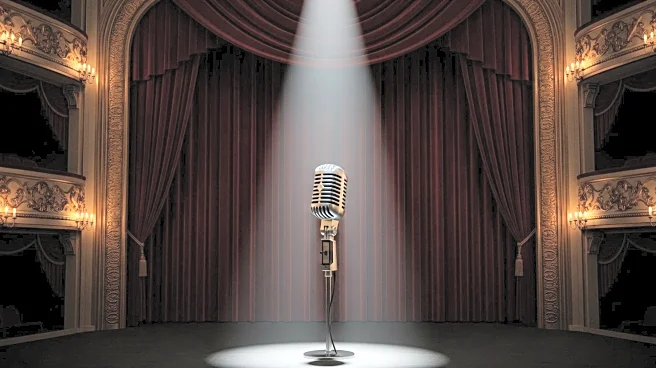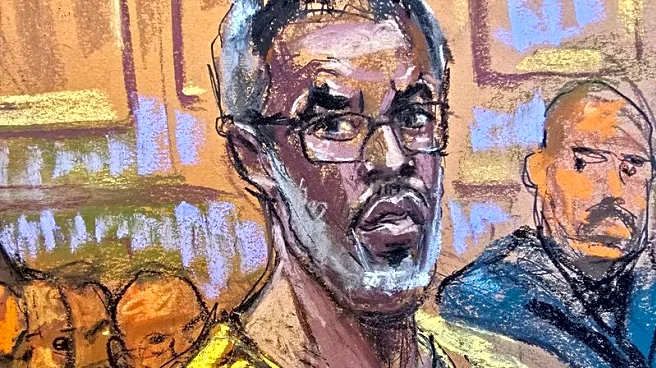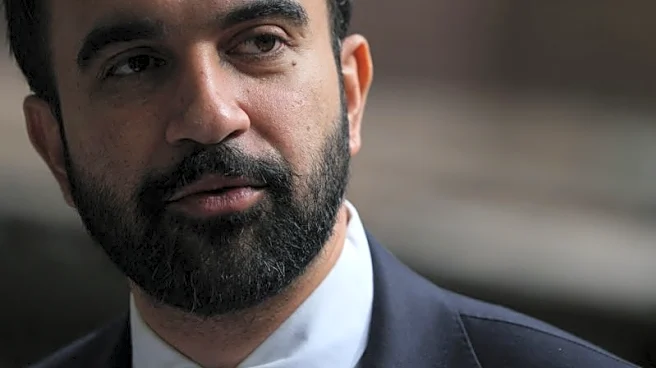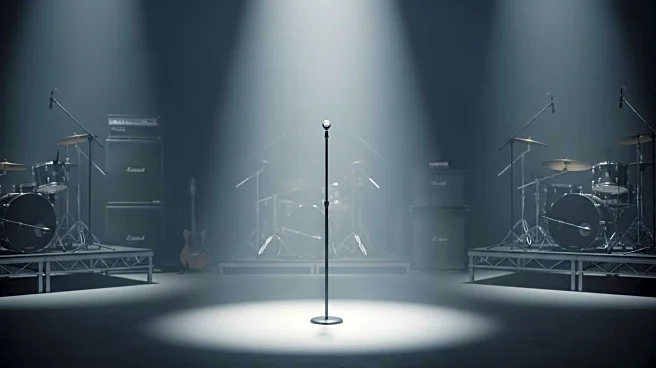What's Happening?
Mark Ronson, a Grammy and Oscar-winning music producer, has shared insights into his long-standing career as a DJ, highlighting both the joys and physical challenges it entails. Ronson, who began DJing in New York City clubs at the age of 18, has worked with prominent artists such as Amy Winehouse and Bruno Mars. Despite advancements in music technology, Ronson remains nostalgic for the era when DJs carried crates of records to gigs. He recently resumed spinning records in Brooklyn and Manhattan, rekindling his passion for DJing. However, the physical demands of the profession have taken a toll on his body, leading to issues like arthritis and back pain.
Why It's Important?
Ronson's experiences underscore the evolving nature of the music industry and the physical demands placed on DJs. His story highlights the dedication required to succeed in the music world, as well as the impact of technological changes on traditional practices. For aspiring DJs and music producers, Ronson's journey offers valuable lessons on perseverance and adaptability. Additionally, his reflections on the physical toll of DJing bring attention to the often-overlooked health challenges faced by performers, emphasizing the need for awareness and preventive measures in the industry.
What's Next?
As Ronson continues to DJ and produce music, he may influence a new generation of artists by sharing his experiences and insights. His recent return to DJing in clubs could inspire others to explore traditional methods of music mixing, despite the convenience of digital technology. Furthermore, Ronson's acknowledgment of the physical challenges associated with DJing might prompt discussions on improving working conditions and health support for performers in the music industry.
Beyond the Headlines
Ronson's career also highlights the role of privilege and connections in the music industry. His family background provided him with unique opportunities, which he openly acknowledges. This aspect of his story may spark conversations about access and equity in the arts, encouraging a broader examination of how aspiring artists can overcome barriers to entry.

